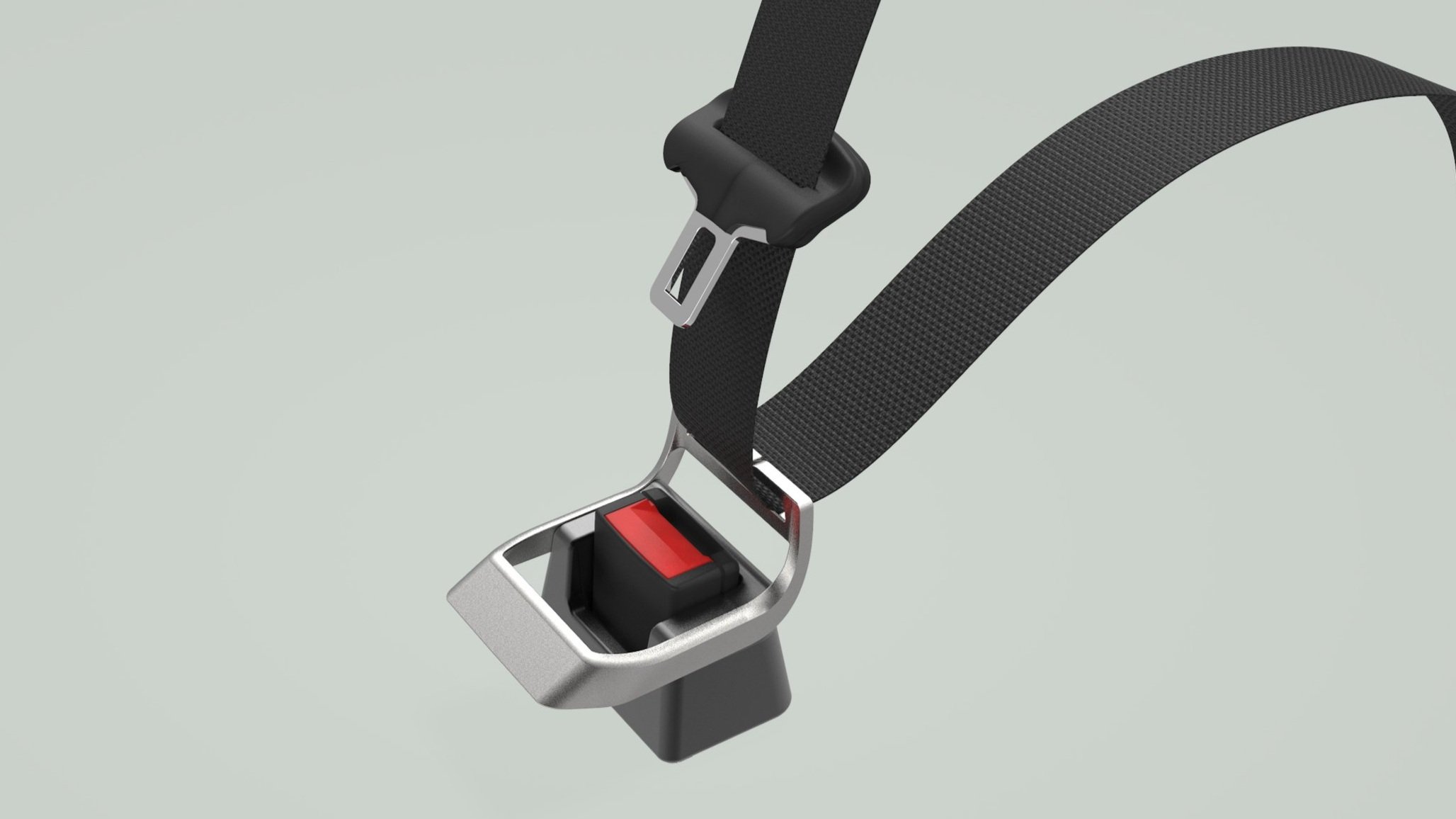HELP BELT
Universal Seat Belt Aid
the issue
Buckling a seat belt, as menial as it may seem, can often be a hassle for those who have limited motion and/or lack the coordination to align the seatbelt buckle with the receiver slot. Older adults and elderly people frequently struggle to buckle up for a car ride. Not only is this an issue that can lower ones’ self confidence and sense of independence, but it is also a major safety concern.
After I witnessed my grandparents struggle with buckling their seat belts, I began prototyping a simple and easy solution for buckling up, allowing those with limited mobility to maintain their sense of independence.
project oultine
Goal
For those with arthritis or other disabilities, daily tasks can become difficult and frustrating. The device should offer a simple and easy solution for buckling up and allows users with limited mobility to maintain their sense of independence.
Constraints
The device should not complicate the process of buckling up, block any motion needed to buckle a seat belt or impede the safety or buckling process, or be limited by only working on one side of the car.
Objectives
A device that fits most car seat belts and seat belt buckles, is easy to install, is not too bulky, and is comfortable to reach for and pull across the body
ideation
mock-ups
Prototyping began with making basic models to demonstrate a proof of concept or function. The materials used were polystyrene, foam core, and magnets.
Each prototype gave insight into the ergonomics and function of the device. Some models were divided up into more pieces that interlocked to explore different ways of attaching the device onto the seat belt inside the car. Different forms of pull handles were tested to find the angles and sizes that were most comfortable to grab. I toyed with the idea of a collapsable handle to keep things compact and out of the way after use.
STYLING
Features
2 part system
Help Belt is a two part system that aids in the whole process of buckling a seat belt. The inside piece slides over the seat belt receiver and the outside piece threads onto the belt. The magnets in the sides register with each other to self align the two pieces and lock them together. Once they lock together, the user is easily able to guide the buckle into the receiver.
PROOF OF CONCEPT
Improving everyday Travel
For those with arthritis or other disabilities, daily tasks can become difficult and frustrating. Help Belt offers a simple and easy solution for buckling up and allows users with limited mobility to maintain their sense of independence.
user scenario
Step 1
Place inside piece of device over seat belt receiver
step 3
Thread the outside piece onto the seat belt
step 5
Use the handle to easily grab the seat belt
step 7
Magnets will self-align the device and lock it into place
step 2
Seat belt receiver should stick out slightly
step 4
The outside piece should be positioned underneath the buckle
step 6
Pull the seat belt across the body
step 8
The device holds the belt across the body and the buckle can easily be inserted
why help belt?
Help Belt offers a simple and easy solution for those who struggle with buckling up for a car ride. Losing the ability to buckle one’s own seat belt can take a toll on self-esteem and be potentially dangerous. Help Belt is designed to allow people with limited mobility to maintain their sense of independence by keeping the seatbelt receiver upright, offering an easier method of accessing the belt (with a handle), and using self-aligning magnets to line up the pathway for the buckle to meet the receiver.


























